
|
Opera music first surfaced in Western Europe at the end of the 16th century, with Jacopo Peri's Dafne performed in Florence, Italy in 1598. Since then, opera music and visiting opera houses have become an long-term habit for those that cherish classical music, theater and Victorian glamor. Today, a ticket to some of the most prestigious opera houses can costs hundreds if not thousands of dollars, so we thought we'd give you a peak into some of the most grandiose opera houses around the world. |
Le Palais Garnier - Paris |
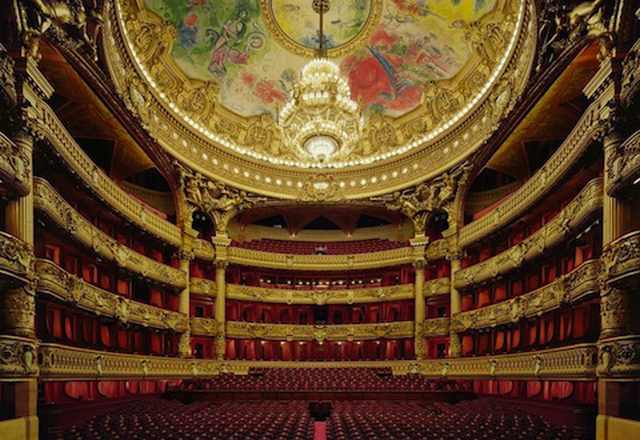 |
| Once Paris's preeminent opera house, Le Palais Garnier was constructed in 1861 and is located in the 9th arrondissement or quarter of the city. The opera house was originally called La Salle des Capucines after its location, but the name was later changed to honor the structure's architect, Charles Garnier. Today, Le Palais Garnier is only mostly for ballet performances, but it still remains one of the most famous opera houses in the world. |
The Metropolitan Opera - New York City |
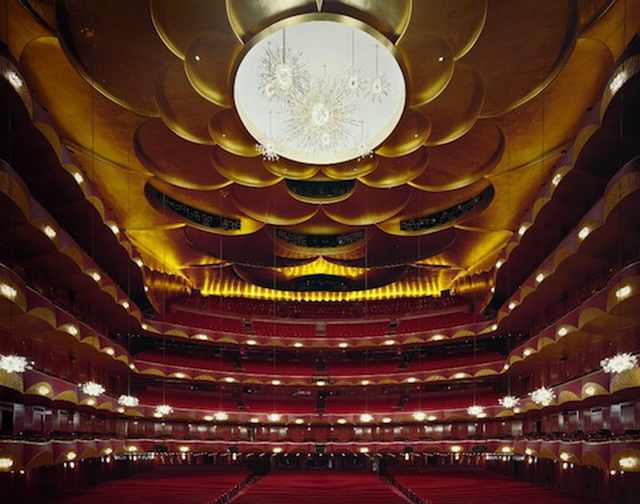 |
| Located in the center of New York City at the Lincoln Center for the Performing Arts, the Metropolitan Opera (also known as the Met) is in fact the largest classical music organization in North America. The Met puts on about 27 different operas each year, includes a large symphony-sized orchestra, a chorus and a children's choir. The Met company also employs thousands of dancers, actors, musicians, and numerous other performers, including famous opera singers like Renee Fleming and Placido Domingo. |
The Sydney Opera House - Sydney |
 |
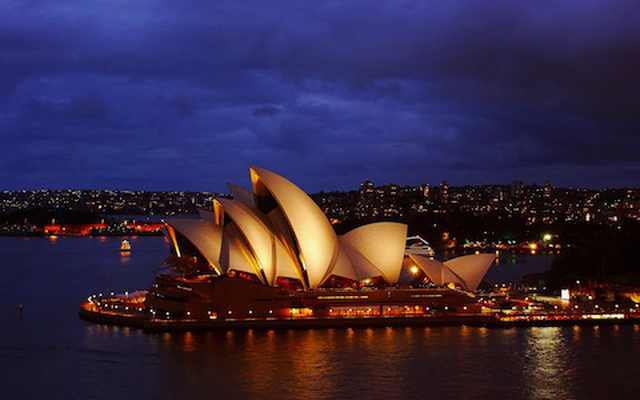 |
| World-famous not only for its opera, but for its one-of-a-kind architecture, the Sydney Opera House is located in the Sydney Harbor just minutes from the city center. The structure was designed by Danish architect Jorn Utzon and was completed in 1973. The venue is one of the busiest performing arts centers in the world and hosts over 1,500 performances a year attended by nearly 1.2 million people. This stunning opera house is also a UNESCO World Heritage site. |
La Scala - Milan |
 |
| Teatro all Scala is a well-known opera house in Milan, Italy that was constructed in 1778 and was originally known as the New Royal-Ducal Theater alla Scala. The premiere performance in this iconic venue was Antonia Salieri's Europa riconoscuita. Today, La Scala is home to the La Scala Theater Chorus, Ballet and Orchestra, and also is associated with a training school for professional musicians. |
Teatro di San Carlo - Naples |
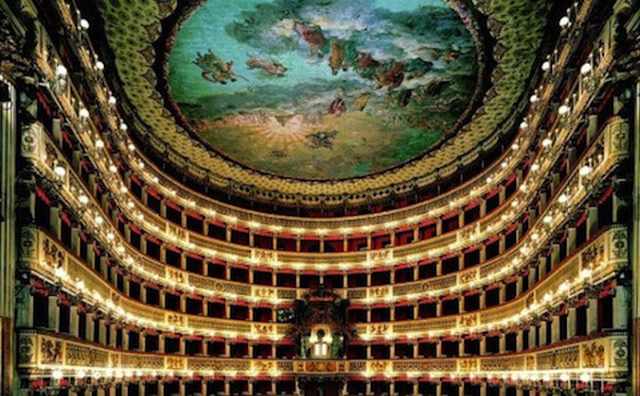 |
| The Teatro di San Carlo is the oldest continuously active venue for public opera in Europe. The theater was inaugurated in 1737 with the performance of Domenico Sarro's opera Achille in Sciro. The opera house is located next to the city's central piazza and is connected to the Royal Palace of Naples. |
Hungarian State Opera House - Budapest |
 |
| A neo-Renaissance opera house located in the center of Budapest, the Hungarian State Opera House was designed and constructed between 1875-1884 by architect Miklos Ybl. The construction was funded by Emperor Franz Joseph of Austria-Hungary, beginning an annual tradition of the Budapest Opera Ball in 1886 that still continues today. Many important artists have played in the opera house, including Gustav Mahler, who was the company composer from 1887-1891. |
Copenhagen Opera House - Copenhagen |
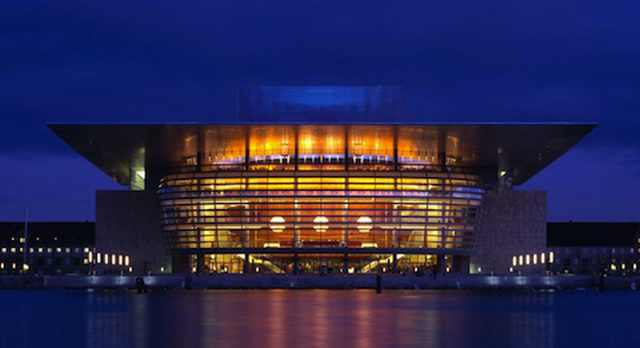 |
| Called the Operaen in Danish, this is the national opera house of Denmark and one of the most modern opera houses in the world. It is also one of the most expensive opera houses ever built with construction costs rising over $500 million. The structure was donated to Denmark by the Moller Foundation in 2000 and it was opened to the public in 2005. |
Teatro Colon - Buenos Aires |
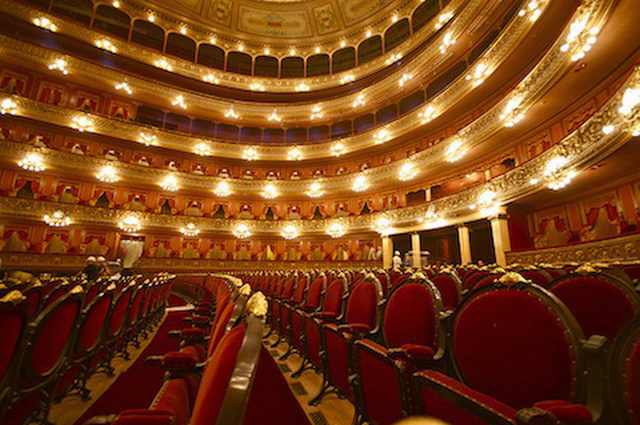 |
| The Columbus Theater in Spanish, this is the main opera house in Buenos Aires, Argentina and is considered to be one of the five best concert venues in the world. The theater as it is today replaced another opera house in 1857, only to open in 1908 with a performance of Giuseppe Verdi's Aida. The theater is noted as having some of the best acoustics in the world. |
Drottningholm Palace Theater - Stockholm |
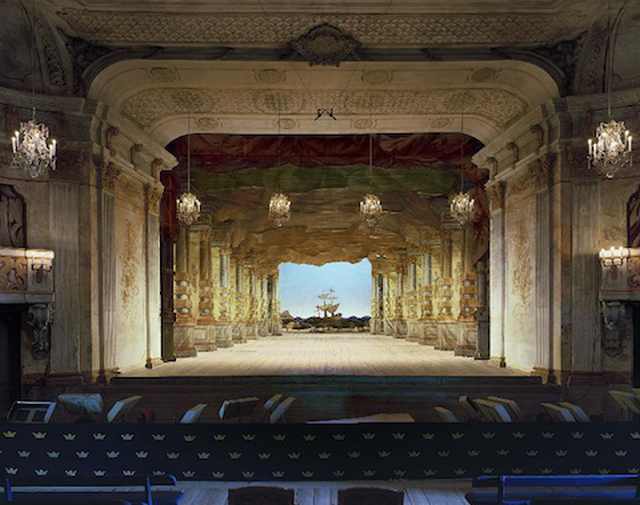 |
| This grand theater has been described by some as one of Sweden's greatest contributions to European culture. The theater was constructed in the 17th century, and its grand interior took over 50 years to complete in its baroque style. However, following the assassination of King Gustav III in 1792, the theater was forgotten until its revival in the mid-20th century by Swedish theater historian Agne Beijer. |
Royal Opera House - London |
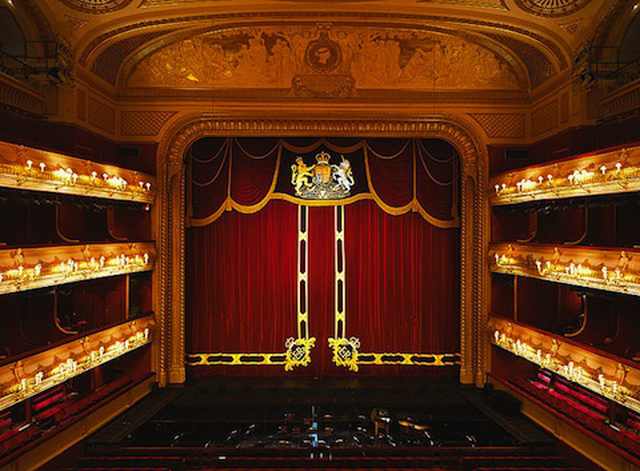 |
| Located in the Covent Garden in central London, the Royal Opera House was constructed in 1732 and today is home to the Royal Opera, Ballet and Orchestra. The opera house was originally called the theater Royal, and it was primarily a playhouse for the first hundred years of its history. In 1735, opera began to be performed in the house with a season of Handel's famous operas, like The Messiah, some of which were written particularly for performance in the Royal theater. |
L'Opera Royal de Versailles |
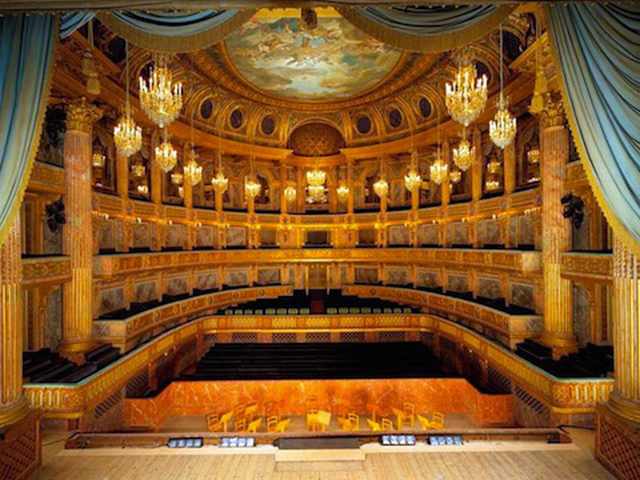 |
| Only a palace like Versailles would have its own theater and opera house and on such a grandiose scale. The interior of the theater was designed by Augustin Pajou and all of its elements were constructed entirely of wood and painted to resemble marble. The opera was inaugurated in 1770 in celebration of the marriage of Louis XVI to Marie-Antoinette. Today, the Opera Royal is used for operas themselves, stage plays, and orchestral events, and anyone, not just royalty, can purchase a ticket. |
|
|
Mariinsky theater - Saint Petersburg |
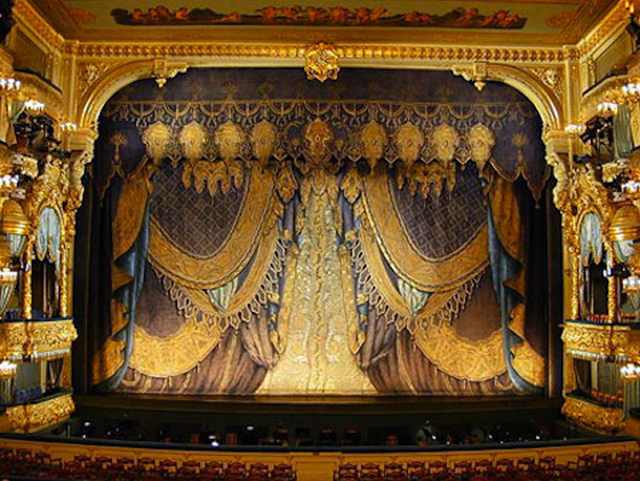 |
| Opened as the center for theater and ballet performances in Saint Petersburg, the cultural capital of Russia, in 1860, the Mariinsky theater was the preeminent musical theater of late 19th century Russia. In its halls, some of the greatest Russian composers performed, like Tchaikovsky and Mussorgsky. During the Soviet era that theater's name was changed to the Kirov theater (famous for its ballet), but today, the name Mariinsky has been restored and is once again celebrated throughout the world. |
Estates theater - Prague |
 |
| The Estates theater is a gorgeous historical theater in Prague that was built during the 18th century. It's construction symbolized a response to Enlightenment, which saw the theater and the performing arts as essential elements of a nation's culture. Today, opera, ballet and drama ensembles perform within its walls that still never fail to stun with their blue majesty. |
The Bolshoi theater - Moscow |
 |
| Although Saint Petersburg is the cultural center of Russia, which does not mean that its true capital, Moscow, can't too have a theater of its own. The Bolshoi theater was designed by architect Joseph Bove in 1821. There was also a Bolshoi theater in Saint Petersburg, as Bolshoi was the official imperial theater of Russia. Today, the Bolshoi has a world-renowned opera and ballet, with more than 200 dancers and its very own dancing school. |
Margravial Opera House - Bayreuth, Germany |
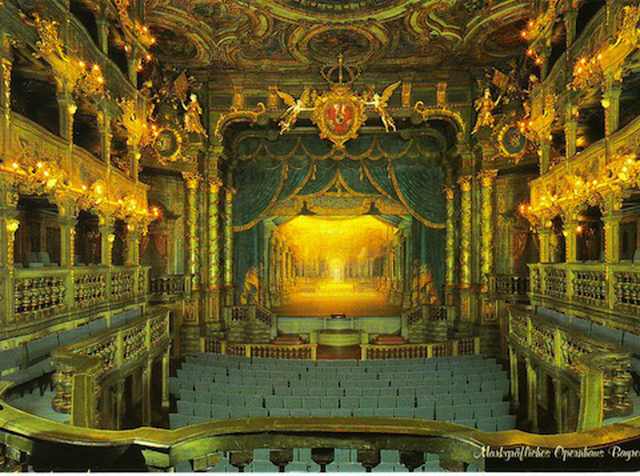 |
| This baroque style opera house was built between 1744-1748 by the architect Joseph Saint-Pierre and is one of the only surviving theaters from this period in Europe. The interior was designed by the famous Giuseppe Galli Bibiena, who came all the way from Italy to introduce the traditional baroque style in Germany. The opera house has been listed on the UNESCO World Heritage List for its unique style, but is currently closed to visitors until further notice for renovations. |